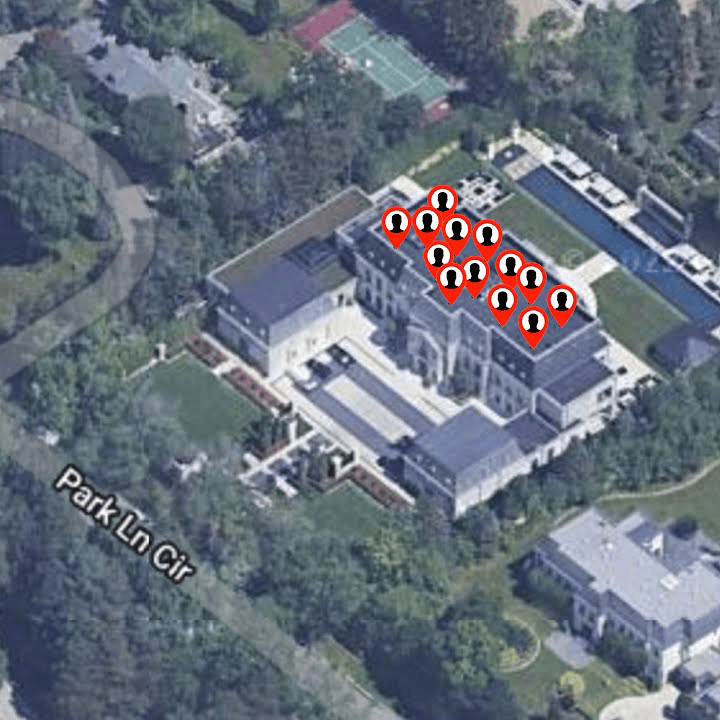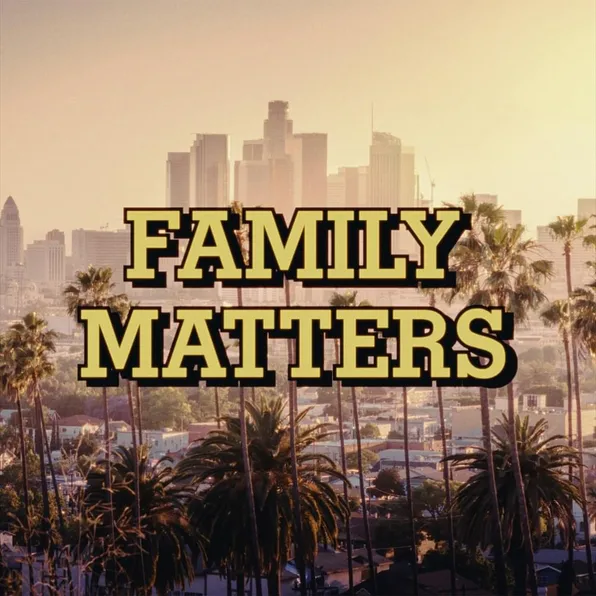
What does an artist owe the world? The idealistic response would be ‘nothing.’ But alas, to believe in this is folly. Rather, if the artist owes the world anything, it’s honesty. This is very much what the central characters of Alex Garland’s “Civil War” are grappling with. As a wartime photographer chronicling and capturing the volatilistic disintegration of a nation in real-time, Kirsten Dunst’s character is introduced to us spouting off about how her work is unemotional, impersonal, and unloaded with meaning. Over the course of the film, Dunst’s character comes to realize that she was perhaps not being honest with herself in maintaining so rigorously that her work was non-partisan. But while the characters in “Civil War” ultimately learn this lesson the hard way, “Civil War” as a film never seems to.
For all of the bluster and bombast of the film’s central premise and marketing campaign, “Civil War” is little more than a well-crafted but fairly standard post-apocalyptic thriller, just one that hides within the rotting corpse of a sociopolitical commentary on the division of modern America.
Writer-director Alex Garland specializes in high-concept, thematically-driven thrillers, often with a dash of science-fiction intellectualism, and a sprinkle of post-modern awareness in their construction and dialogue. In works such as “28 Days Later,” “Ex Machina,” and (the absolutely masterful) “Annihilation,” Garland showcased a potent ability to distill the anxieties and fears of modern society into just-beyond-the-horizon tales of trials and tribulations. So it isn’t exactly difficult to parse where “Civil War” comes from: Garland clearly saw the fracturing of American politics and followed them through to a logical end. But while Garland’s prior works often felt prescient and ahead of their time, “Civil War” often feels bizarrely behind the curve in numerous ways.
Part of this issue stems from just how underbaked the entire concept of a new American Civil War is within the confines of the film itself. Inexplicably, Garland (a masterclass screenwriter who certainly knows better) spends a great deal of “Civil War” telling us things about this war-torn America rather than showing us. This second-hand exposition feels haphazard at best, and when paired with the film’s more rambling, on-the-road structure is outright detrimental at worst. At no point is it made clear how society is in such disarray that our characters can traverse such ground and spend the entire film in war-zones, but also functioning enough that there are still working hotels, churches, wi-fi, and press outlets.
If anything, this is where “Civil War” rings the most untrue in its depiction. Modern American audiences have lived through nearly a decade of increasingly tumultuous political fracturing, complete with attempted insurrections and the COVID pandemic. Over the course of the past eight years, we have seen the sheer extent and lengths our capitalistic system will go to grind the bodies of so-called ‘essential workers’ beneath its gears in the name of keeping the machine running. The most haunting element of living through this time-period has been the way in which American society has outright refused to ever slow down or change course; we are a train barreling full-speed off the rails, with nary a thought for decreasing momentum. So when Garland’s film portrays a barren wasteland of America, sparsely populated with various war-mongering groups and precious few civilians, it fails to ring true or authentic. There is no exploration of society, of the community within this world. It gets a lot of mileage out of showcasing battle sequences taking place near American monuments, but if the sheer shock value of those visuals were removed, for all intents and purposes, this might as well be happening on another planet.
Similarly, the entire idea of press photographers in the war-zone who are welcomed by each of these warring factions to one extent or another, and whose images are treated so reverently by everyone on both sides, feels tragically out-of-step with an honest depiction of American faults. Even pushing aside the idea of insurrectionists welcoming members of the press as a net-positive (which, I’m sure I don’t have to tell you is daydreaming at best), in 2024, a photograph has lost its hold on the public. In a world where everyone has a camera in their pocket at all times and millions of images are captured every single day, wartime photography as a powerful and communicative art form is all but dead. The images modern audiences see from the frontlines are not from photographers but rather from the embattled civilians caught in the crossfire themselves.
I say all of this to say, I find “Civil War” to be a technical achievement, one in which Garland and longtime cinematographer Rob Hardy push their collective visual language to new extremes. One in which Garland and longtime musical collaborators Ben Salisbury and Geoff Barrow take atonal music and outright invasive sound design to experiential new heights. One in which Garland and editor Jake Roberts blend traditional footage, still photography, and found-footage through associative editing techniques and come out the other side with a whole greater than the sum of its parts.
But for a filmmaker as innovative and boundary-pushing as Garland, someone who has watched his earlier films inch closer toward reality with each passing day (the pandemic-fueled isolationism of his “28 Days Later” script, the uncanny Valley of A.I. in “Ex Machina,” or even the exploration of a diluting sense of self in “Annihilation”), “Civil War” feels woefully ill-equipped to speak to this specific moment in time.
In attempting to keep the film non-partisan, one can feel Garland grappling with the moral and thematic implications of that, most specifically in the arc shared by Kirsten Dunst and Cailee Spaeny’s characters. And while the culminating character beat of that joint arc is a fitting one, it can’t help but ring a bit hollow, in light of the fact that the film itself fails to learn the lesson Dunst’s character allegedly does. The result is a story structure that rarely feels like it is actually engaging with any proper themes in its biggest setpieces because to do so would ultimately incriminate the film’s moral compass.
RGM GRADE
(C+)
Alex Garland once said of the process of adapting Jeff VanderMeer’s novel “Annihilation” to film that he wasn’t so much adapting the book, but rather, “adapting my own subjective experience of reading the book.” This speaks to the truth of artistry. It’s not that Garland wasn’t interested in a one-to-one duplication of the novel’s prose, but rather, that he was incapable of adapting the work any other way than through the lens of himself, quintessentially filling it with his own passions, idiosyncrasies, and beliefs. In a word, Garland brought his own honesty to “Annihilation.”
And while “Civil War” walks and talks like an Alex Garland feature film (the soft-focus lens flares, the folksy needle-drops, the post-modern dialogue are all there), if anything can be said to be missing from it, it is Garland himself. In so steadfastly trying to remain apolitical, it feels as though Garland filtered himself out in the process. The result is a harrowing depiction of wartime atrocities, but one that feels unfathomably empty.





Leave a Reply